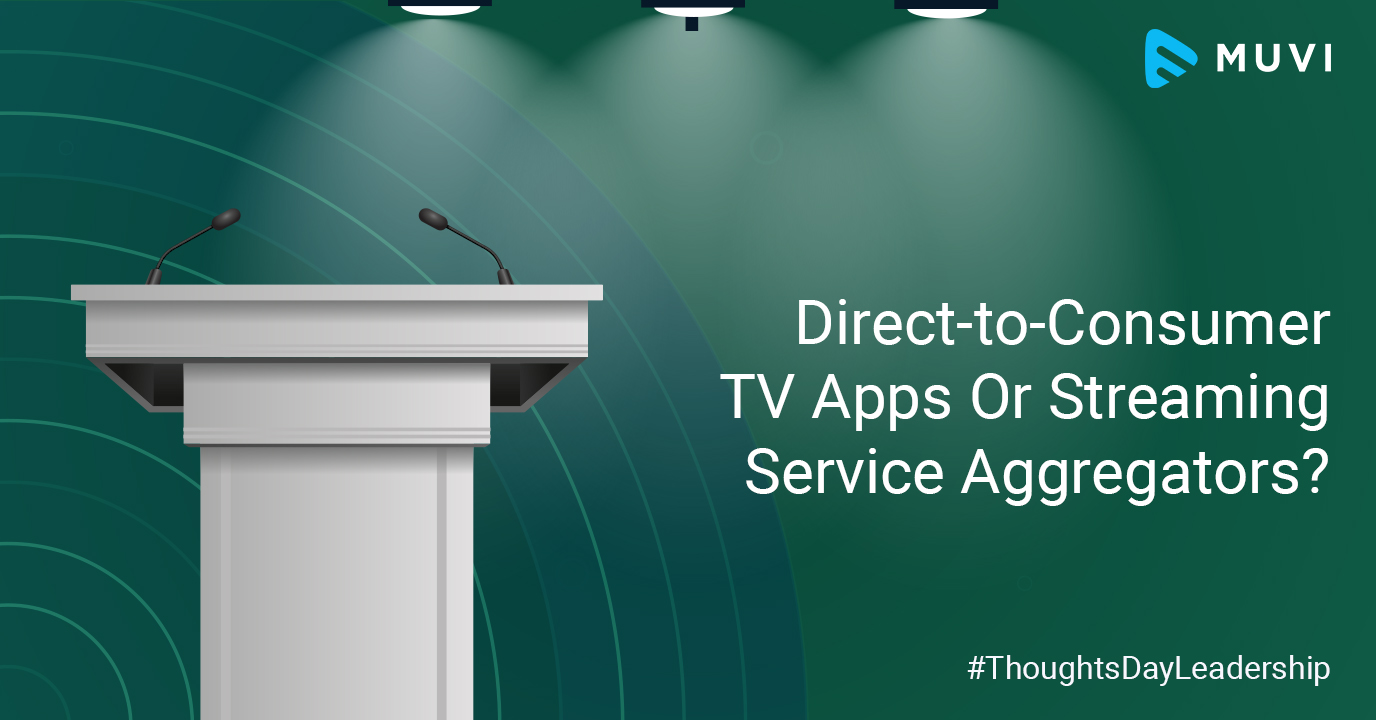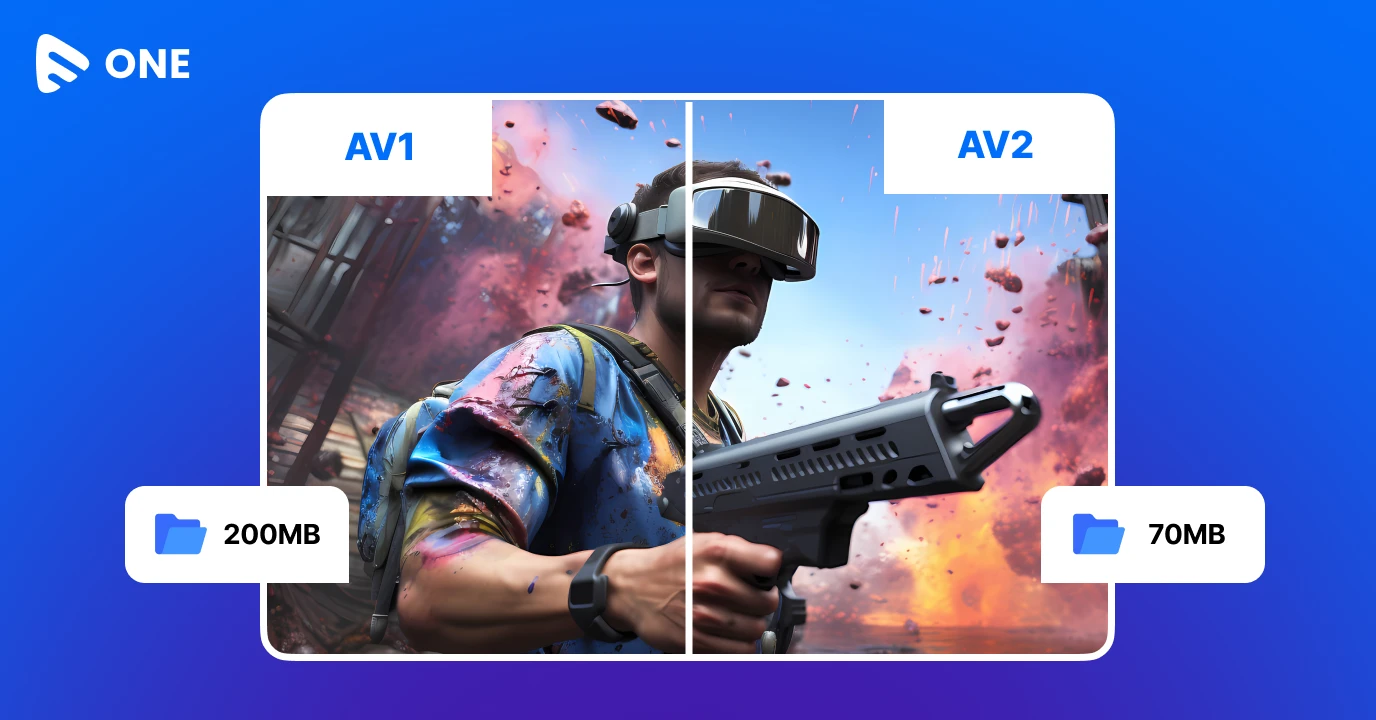The streaming landscape is constantly evolving- Traditional revenues are shrinking across the entire industry as consumers are spending more time online. However, the biggest question companies are facing is whether to build their online presence by launching branded direct-to-consumer TV Apps or relying on established third-party OTT players like Amazon, Roku, Apple TV, etc. to reach out to the massive subscriber base.
OTT Content Aggregators and their Role in Leveraging your Brand
OTT aggregators are any third-party OTT platform including Amazon, Roku, and Apple but also include virtual pay-TV operators such as Hulu, Sling TV, fuboTV, etc that sell add-on video subscription services such as Netflix, Britbox, HBO, and so on. So basically, OTT Aggregators are like an umbrella service providing subscription content services from several sources.
Well, there is an obvious exposure to millions of subscribers if you are getting your SVoD channel listed on, say, Amazon Prime coupled with the advantage of the zero dollar customer acquisition cost, but here’s the catch- what you’re gaining is a subscriber, not a customer. It is the likes of Amazon getting the customer, their data, and the ability to market to them, not you.
The streaming dynamics have changed- it is not only about subscriptions and shifting your traditional business into the digital age. It’s about securing your foot-hold in the industry for long-term and that’s why companies are fighting over the same thing — the direct customer relationship.
How to Increase Direct-to-Consumer TV App Acquisition?
We have already arrived at “peak OTT” and with enormous competition from mushrooming video services, it can be extremely difficult to stand out and drive awareness to your direct-to-consumer service. Also, in an age when consumers would rather purchase a couple of video subscriptions from an OTT aggregator rather than directly from a network, how can SVOD networks compete, successfully establish, and maintain their direct-to-consumer service? Well, here’s how-
Correct Pricing and Promotion Strategy
It’s simple- your SVoD app service has a lower subscription fee than that on Amazon Prime Channels. Of course, how flexible you can be on your pricing boils down to how well you can minimize your operating costs. The on-demand video service Starz is a good example- if you want to subscribe to Starz through Amazon Prime Channels, you would have to pay $8.99 per month after a 7-day free trial. However, the Direct-to-Consumer rates are pretty low: $5.00 for 3 months and then $8.99 per month after a 7-day free trial. (11% discount)
Personalized Landing Pages
HBO is virtually non-existent from the base Prime Video offering- it displays only two content rows with only a few titles to choose from. To browse the network’s catalog on Amazon, you arrive at an HBO-branded landing page with ten content shelves. If you want to browse movies, you are bombarded with 200 unorganized titles to choose from a single row without any categories based on genre, star cast, etc. Now, that can be an overwhelming experience! However, if you open HBO’s direct-to-consumer app, you get access to an additional 57 movies with an additional and more desirable option to browse by genre. The ability to allow customers to sort, filter, and refine content, creates a much more pleasant browsing experience.
Recommendations to the Rescue
Personalized recommendations are a game-changer in the OTT field- the sole parameter to guide and personalize the user journey with relevant messaging. Netflix, for example, saves an annual $1 billion by recommending the most relevant content to each individual. The ability of SVOD networks to personalize the user experience is not possible via OTT aggregators.
Downloadable Content
A major drawback for SVoD networks listing their channels through OTT Aggregators is the absence of a download-to-go feature that lets app users download videos directly to their mobile devices. Without the offline viewing option, your subscribers cannot access content while traveling or when they are facing connectivity issues no matter how much they have paid to get your subscription service.
Starz makes this feature standard for its direct-to-consumer subscribers deliberately and not something customers through an OTT aggregator can benefit from.
Moral of the story? As an SVOD service owner, you are not only competing with other video services but also OTT Aggregators, which no matter how good they are as affiliate business partners, have also become your direct-to-consumer threat. So, if you want your brand name to sparkle in the elite OTT app list, think long-term about how you can nurture direct-to-consumer relationships by providing customers with a reason to do business directly with you.
Tag @Muvi with #ThoughtsdayLeadership on Twitter and share your thoughts.
See you in our next Thoughtsday Leadership segment!













Add your comment